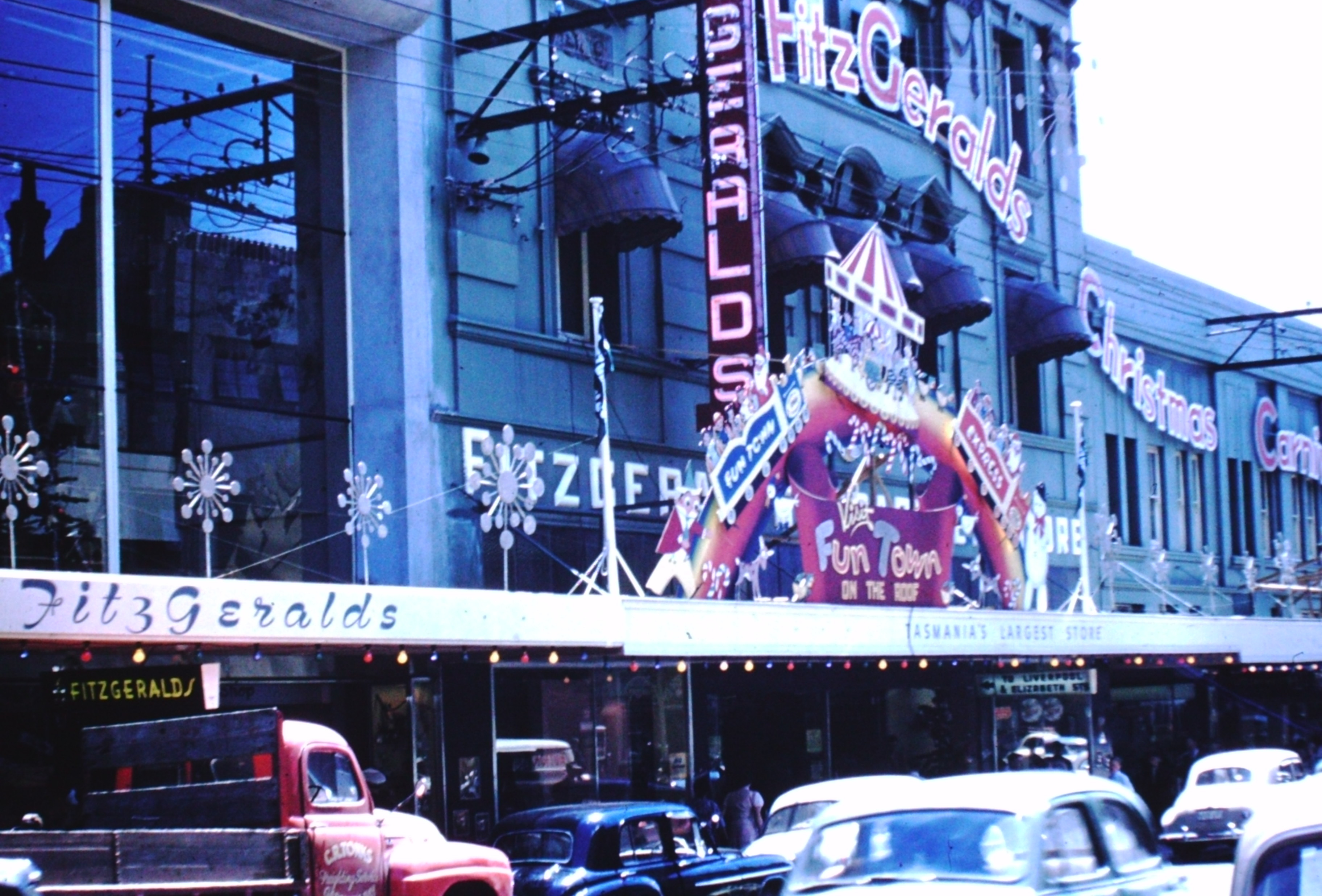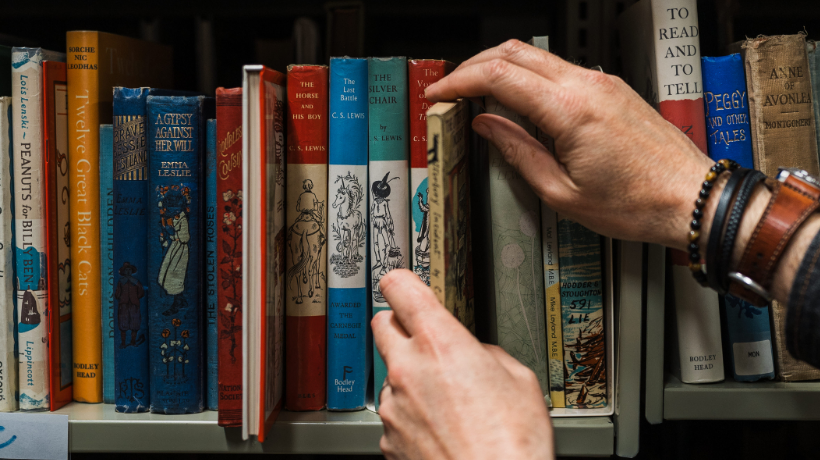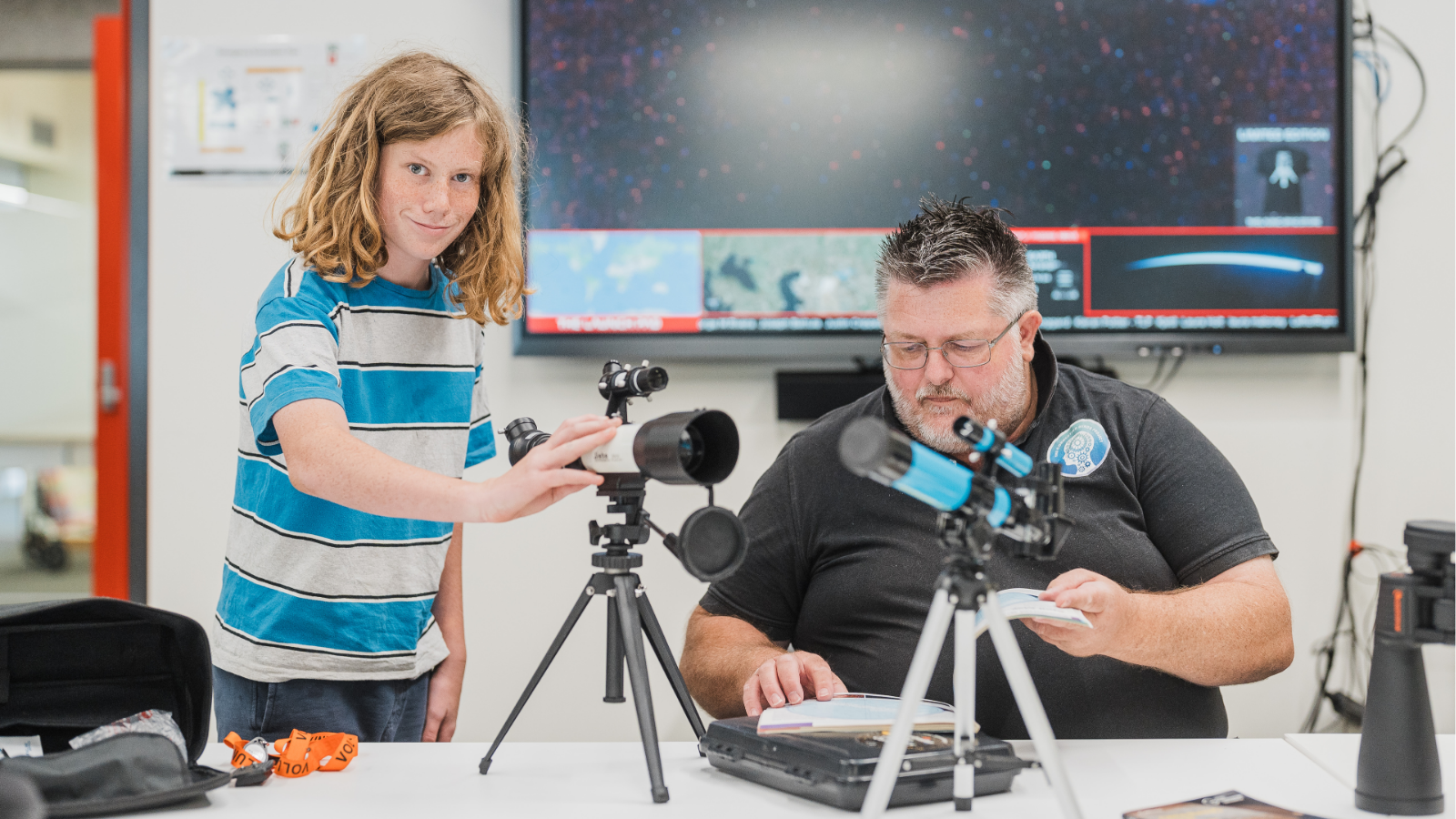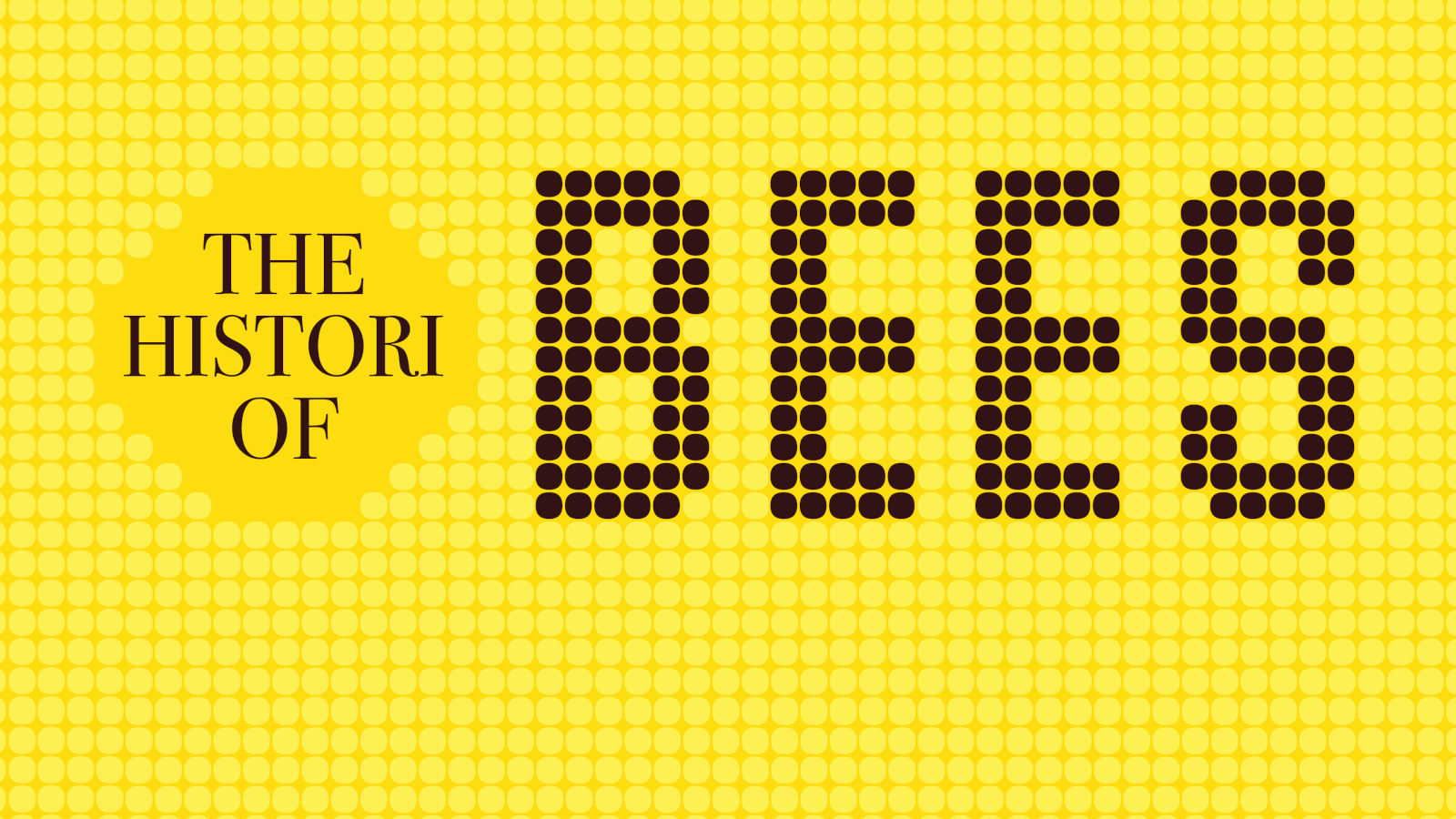
State Library and Archives of Tasmania
Home of Tasmania’s largest library collection and the documented heritage of Tasmania’s government and people. Explore our collections online and in-person, get help with your family history and research, see the latest exhibition or find a spot to study.

Public Libraries
Our 46 public libraries across Tasmania are welcoming places for everyone. Borrow from the library and eLibrary, join in our free program of events, improve your digital skills, connect to free Wi-Fi and more!
Start your Big Summer Read
A glimpse into our collections

Collins Street at Christmas
This photograph was taken in Hobart during the 1950s by Alan Edgar McMaster, an employee of the Tasmanian Hydro-Electric Commission in Tarraleah. It shows Fitzgerald’s department store on Collins Street, decorated for the Christmas season. At the time, Fitzgerald’s was the State’s largest retail establishment. Founded in 1886, the store operated under its name for more than a century, remaining a central part of Hobart’s shopping district until the mid-1990s.
Engage with us
What’s on highlights







